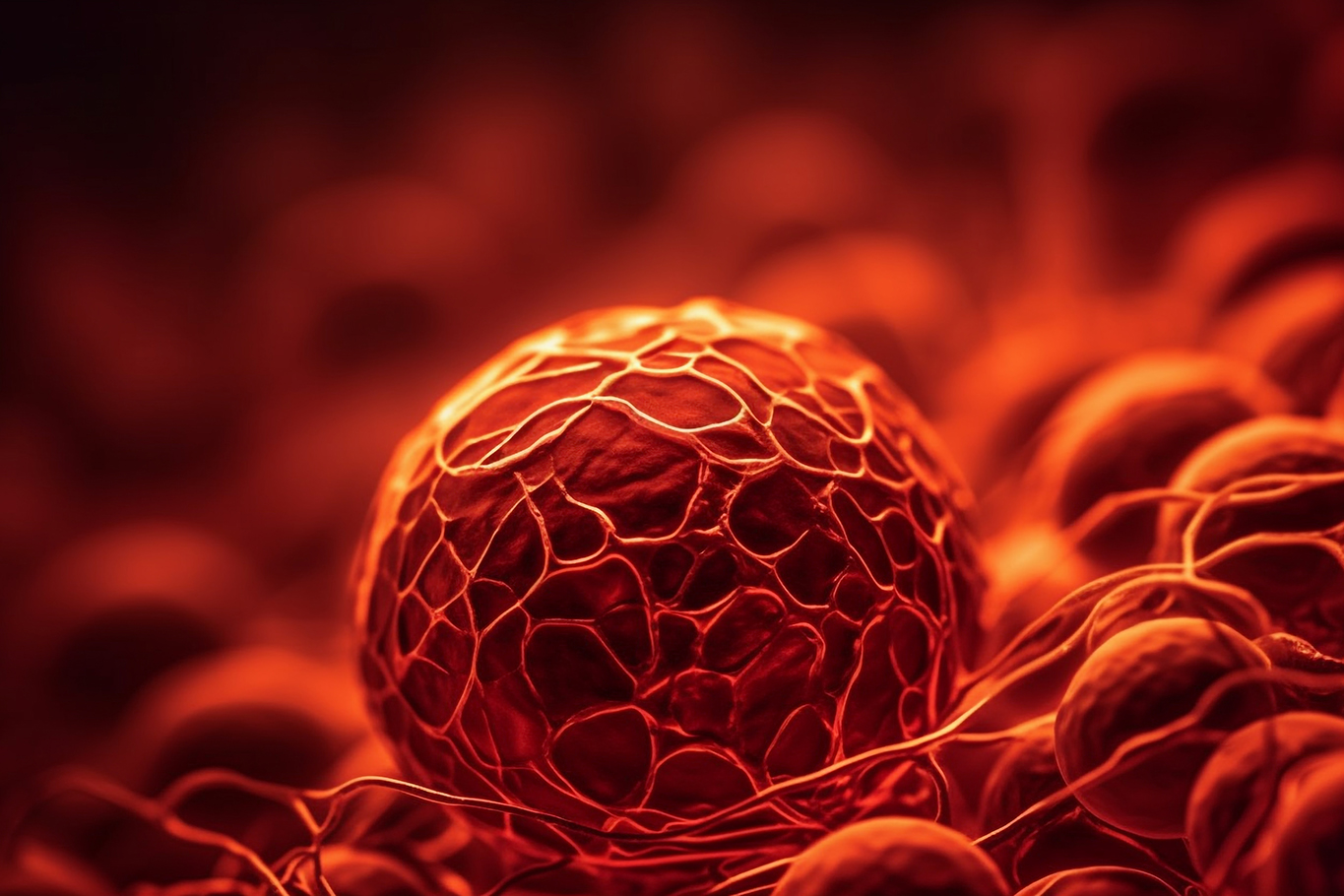
Samir Mitragotri and the Harvard John A. Paulson School of Engineering and Applied Sciences team have presented a novel perspective on the challenges posed by macrophages in cancer immunotherapy. Published in Applied Physics Reviews, their study scrutinizes the issues linked to employing macrophages in clinical trials and unveils new insights with the potential to reshape cancer treatment strategies.
Despite macrophages being recognized for their anti-invasion capabilities in cell-based cancer therapy, clinical trials utilizing them have consistently yielded disappointing outcomes. The researchers delved into the factors hindering macrophages from reaching cancer cells during treatment. Leveraging tiny cameras and machine learning, they identified a more effective type of immune cell for locating and eliminating tumors, potentially revolutionizing cancer treatment.
Mitragotri, highlighting the engineering approach, questioned the poor therapeutic results of macrophages in cell therapies, suggesting their inability to penetrate tumors could be a key factor. Their findings propose a physics-based hypothesis, countering the traditional biology-based paradigm, revealing that different macrophage phenotypes exhibit varying tumor penetration abilities.
The study revealed that macrophages exhibit better movement towards tumors when they can change shape. Interestingly, the macrophages most effective at fighting tumors struggle to change shape, impeding their ability to reach tumors. This discovery offers valuable insights for enhancing the utilization of these cells in cancer treatment. The co-author of the study is Jennifer Guerriero, an assistant professor at Harvard Medical School.













